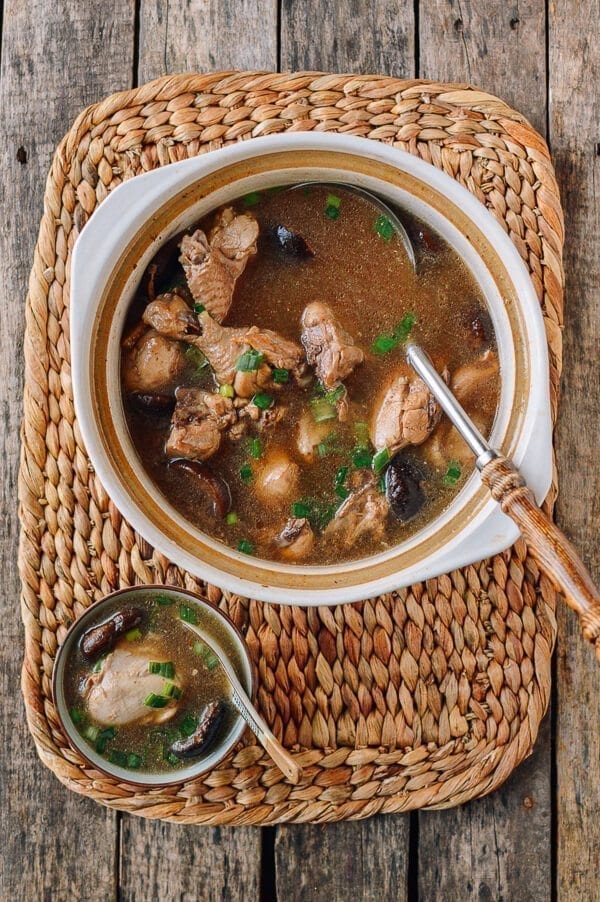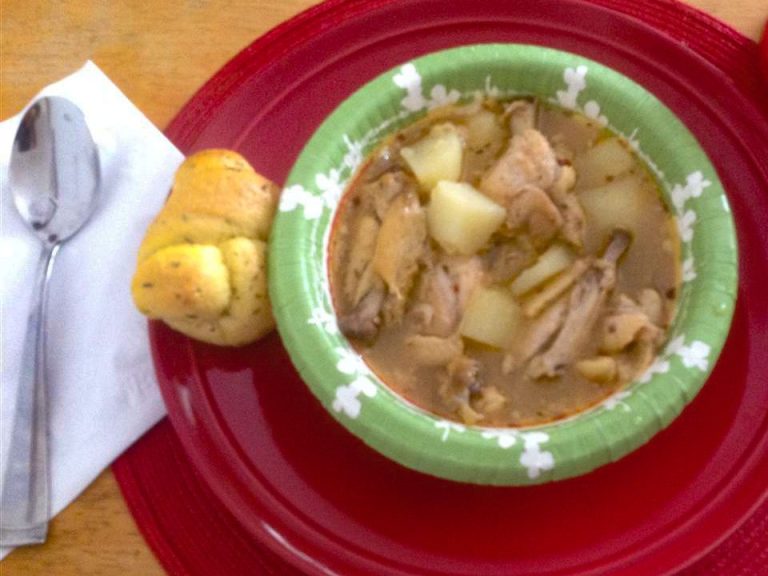Asian Mushroom Soup: Health Benefits and Recipes
Asian mushroom soup has gained significant popularity within global cuisines. Diverse culinary traditions, including Chinese, Japanese, Thai, and Korean, all offer unique variations of this soup. Examples include Japan’s miso soup featuring shiitake mushrooms and Thailand’s Tom Yum soup, which often includes oyster mushrooms. These variations bring an array of flavors and textures, appealing to a broad spectrum of taste preferences.
Chefs worldwide have begun integrating Asian mushroom soup into their menus, showcasing its versatility and depth. Michelin-starred restaurants and popular street food vendors alike feature this dish, highlighting its adaptability from high-end dining to casual eats. The soup’s ability to cater to vegan and vegetarian diets adds to its widespread adoption.
Data from culinary trend reports indicate a 20% increase in Asian mushroom soup offerings in North American restaurants over the past five years. This rise reflects growing interest in plant-based dishes and the search for unique, flavorful meal options. Health-conscious consumers are drawn to the soup’s nutritious profile, rich in protein, fiber, and essential minerals.
Social media platforms play a critical role in spreading awareness and popularity. Influential food bloggers and chefs share recipes, cooking tips, and vibrant images of Asian mushroom soup, driving engagement and inspiring home cooks to try making the soup themselves. User-generated content on platforms like Instagram and TikTok shows a steady rise in hashtags related to Asian mushroom soup, further cementing its place in popular culture.
Availability of ingredients has also contributed to its global reach. Specialty grocery stores and mainstream supermarkets now stock a variety of Asian mushrooms such as enoki, shiitake, and maitake. Accessible ingredients enable more people to replicate these authentic flavors at home, expanding the soup’s reach.
Overall, the rise of Asian mushroom soup in global cuisines underscores its culinary and nutritional appeal, marking it as a contemporary kitchen staple.
Key Ingredients in Asian Mushroom Soup
Types of Mushrooms Used
Asian mushroom soup features a variety of mushrooms, each adding unique flavors and textures. Among the most commonly used are:
- Enoki Mushrooms: Thin, long stems with small caps, adding a delicate crunch.
- Shiitake Mushrooms: Earthy and rich, enhance the soup’s umami flavor.
- Maitake Mushrooms: Also known as “hen of the woods,” known for their robust flavor and meaty texture.
- Oyster Mushrooms: Soft with an almost sweet flavor, provide a velvety consistency.
These mushrooms are often available in specialty stores, making it easier to create authentic versions of the soup at home.
Essential Herbs and Spices
Herbs and spices bring depth and complexity to Asian mushroom soup. The essential ones include:
- Ginger: Adds warmth and a slightly spicy undertone.
- Garlic: Provides aromatic depth and essential savory notes.
- Lemongrass: Contributes a citrusy flavor, common in Thai variations.
- Soy Sauce: Offers saltiness and enhances umami.
- Sesame Oil: Adds nutty flavor and richness.
- Cilantro: Often used as a garnish, providing freshness.
These herbs and spices, combined with diverse mushrooms, create a richly flavored and aromatic soup that’s both nutritious and satisfying.
Cooking Techniques for the Perfect Bowl
Broth Preparation
Start by choosing a flavorful base. Use vegetable stock, if a clear broth is preferred, or a blended mushroom broth for a richer taste. Combine key ingredients like ginger, garlic, and lemongrass to prepare the broth. Add soy sauce and sesame oil to enhance the depth of flavors. Boil the broth for 20 minutes to let the flavors meld. Strain the broth if necessary to remove chunks of ginger or garlic.
Mushroom Handling and Preparation
Select fresh and firm mushrooms like shiitake, enoki, and maitake. Clean the mushrooms with a damp cloth to remove dirt. Avoid soaking mushrooms in water as they absorb moisture, affecting texture and taste. Trim the stems if they are tough, and slice the mushrooms evenly to ensure uniform cooking. Sauté the mushrooms in a hot pan with a bit of oil until they develop a golden color, then add them to the prepared broth for an extra layer of flavor.
Health Benefits of Asian Mushroom Soup
Nutritional Value of Mushrooms
Mushrooms like enoki, shiitake, and maitake serve as the key ingredients in Asian mushroom soup. They contain a significant amount of essential nutrients. Enoki mushrooms are rich in fiber, proteins, and B vitamins (B3 and B5). Shiitake mushrooms offer vitamin D, selenium, and zinc, contributing to immune function and metabolism. Maitake mushrooms provide a unique blend of polysaccharides, which support immune health.
Benefits of Soup in Your Diet
Including soup in your diet offers various health benefits. For instance, it helps with hydration, providing a high water content. The presence of bioactive compounds from mushrooms, like beta-glucans, enhances your immune response. Consuming soup before meals can aid in controlling your appetite, leading to better weight management. Additionally, the warmth of soup offers comfort, especially during colder months, supporting overall well-being.
Serving and Pairing Suggestions
Traditional Serveware
Using traditional serveware enhances the authenticity of your Asian mushroom soup experience. Opt for bowls made of ceramic or porcelain, which retain heat well and keep the soup warm for longer. In Japan, miso soup bowls made of lacquered wood are common and add a traditional touch. Additionally, use wooden or bamboo chopsticks and Asian-style soup spoons for an immersive dining experience. These items are not only functional but also contribute to the visual appeal of the meal.
Complementary Dishes
Pairing your Asian mushroom soup with complementary dishes can elevate your meal. For a balanced dining experience, consider serving the soup with these options:
- Steamed Rice: Use short-grain or jasmine rice to maintain authenticity. The mild flavor of steamed rice complements the rich broth of the soup.
- Dim Sum: Include steamed dumplings like shumai or gyoza. The savory fillings harmonize well with the mushroom soup.
- Pickled Vegetables: Serve small portions of pickled radish or kimchi. Their tangy flavors contrast the soup’s umami taste.
- Tempura: Offer lightly battered and fried vegetables or shrimp. The crispy texture provides a delightful contrast to the soup’s smooth texture.
- Edamame: Present boiled and salted young soybeans. They are a healthy and simple side dish that pairs well with the soup.
Creating a diverse spread ensures a satisfying and complete meal that highlights the flavors of each component, making your dining experience memorable.
Conclusion
Asian mushroom soup isn’t just a dish; it’s an experience that brings together rich flavors and nutritional benefits. Whether you’re a seasoned chef or a home cook, incorporating this delightful soup into your meal plans can elevate your dining experience. With its versatility and health advantages, it’s no wonder this soup is gaining popularity worldwide. So why not try making it yourself? Pair it with complementary dishes and traditional serveware to fully immerse yourself in the authentic flavors of Asian cuisine. Enjoy the journey of discovering and savoring every spoonful.






